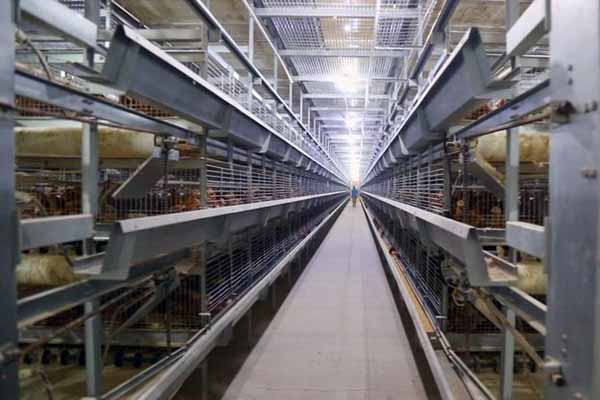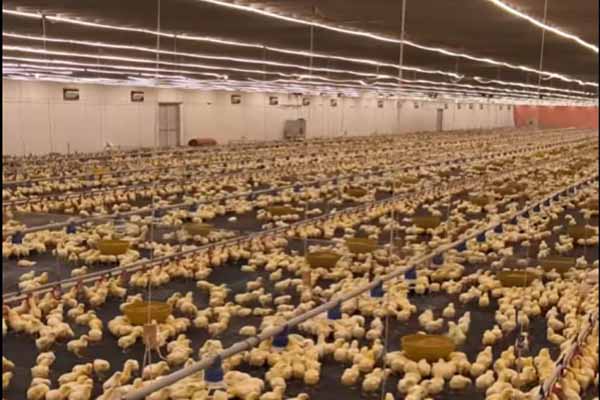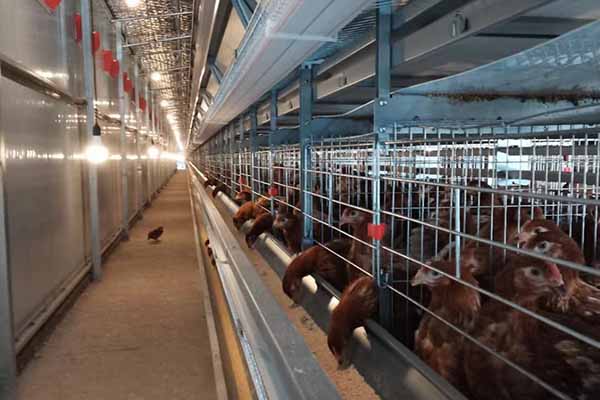Efficient and Scalable Automatic Feeding Systems for 60,000 Chickens in Kenya
In the poultry industry, Kenya is making significant strides, with chicken farming being a major contributor to the country’s agriculture sector. As farmers scale up their operations, an efficient feeding system becomes crucial for sustainable growth. This article explores the benefits of implementing an automatic feeding system for a 60,000-chicken farm in Kenya.
What is an Automatic Feeding System?
An automatic feeding system is an innovative solution designed to optimize the feeding process in poultry farms. These systems automatically dispense feed, ensuring uniform distribution among the birds. This reduces labor costs, enhances feed conversion rates, and improves overall farm efficiency.
Key Components of an Automatic Feeding System
- Feed Storage: A large feed storage tank to hold the feedstock.
- Feeding Lines: Metal or plastic tubes that deliver the feed to the birds.
- Feed Distributors: Devices that evenly distribute the feed along the feeding lines.
- Control Unit: A computerized control system that manages the entire feeding process.
Benefits of Implementing an Automatic Feeding System for 60,000 Chickens
1. Labor Efficiency
Manual feeding requires significant labor input. An automatic feeding system reduces the need for manual labor, allowing farmers to focus on other critical farm activities. This can lead to cost savings and increased productivity.

2. Consistent Fee ding
ding
Uniform feed distribution ensures that each chicken receives the same amount of feed, reducing waste and minimizing the risk of malnutrition.
3. Improved Feed Conversion Rates
Regular and controlled feeding improves the overall health of the birds, resulting in better growth rates  and reduced feed conversion ratios.
and reduced feed conversion ratios.
4. Increased Productivity
Efficient feeding systems contribute to healthier birds, resulting in higher egg production and improved meat yield.
5. Environmental Friendliness
Reduced feed waste means less pollution and a smaller environmental footprint.
Case Study: Automatic Feeding System for 60,000 Chickens in Kenya
Let’s look at a real-world example of an automatic feeding system implemented in a 60,000-chicken farm in Kenya. The system included a 10-ton feed storage tank, 50-meter feeding lines, and a control unit. Within the first year of implementation, the farm recorded a 15% increase in egg production, along with a 10% reduction in feed costs.
Why Choose LIVI Mechanical?
LIVI Mechanical is a leading manufacturer of high-quality agricultural equipment, including automatic feeding systems. We offer tailored solutions that meet the specific needs of our clients. Here’s why you should choose us:
- Customizable Systems: We design our feeding systems to fit your farm’s size and layout.
- Quality Products: We use the highest-quality materials to ensure reliability and durability.
- Expert Installation and Support: Our team provides professional installation and ongoing support to ensure the system runs smoothly.
For a 60,000-chicken farm, our feeding systems are designed to handle the demands of large-scale operations. Contact us today for a free, no-obligation design and equipment quotation.
Conclusion
An automatic feeding system is a valuable investment for any chicken farmer looking to increase efficiency and productivity. For a 60,000-chicken farm in Kenya, LIVI Mechanical’s feeding systems can provide the perfect solution. Don’t wait – get in touch with us today and start reaping the benefits of an efficient feeding system!




